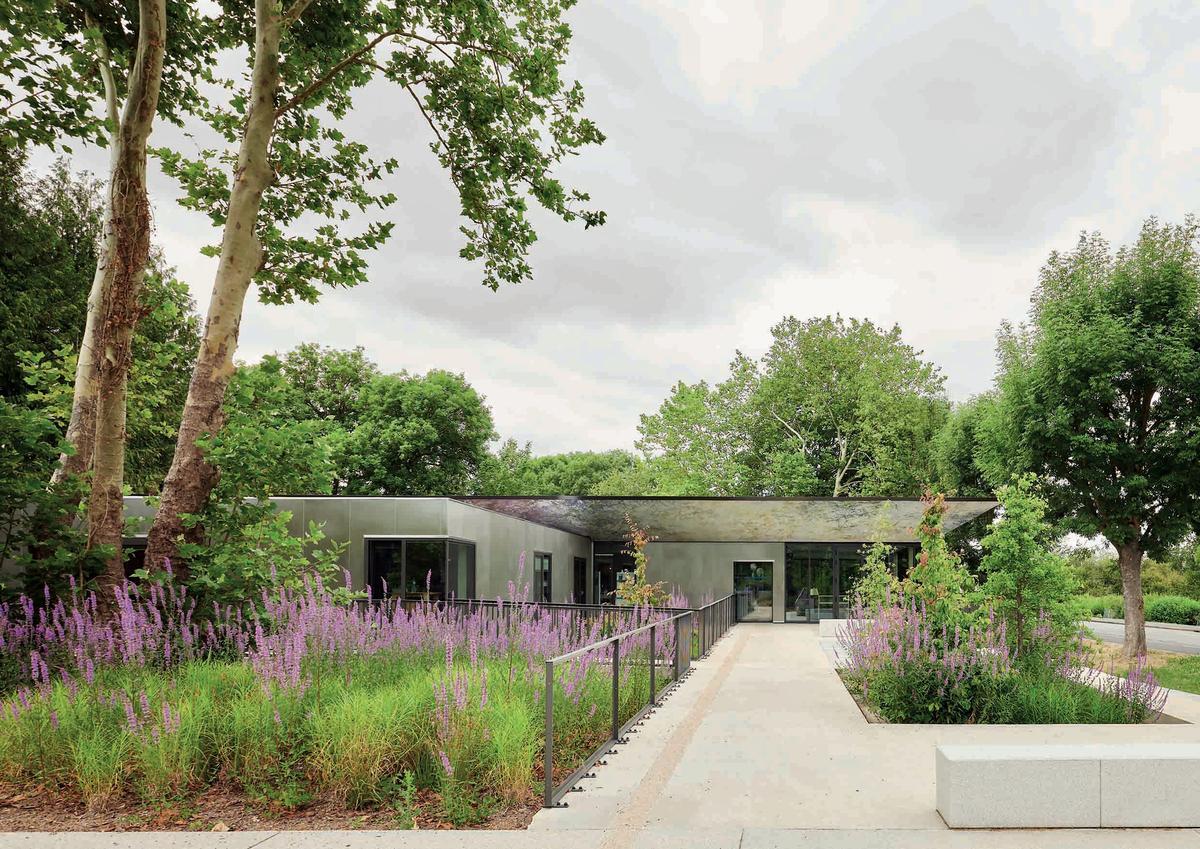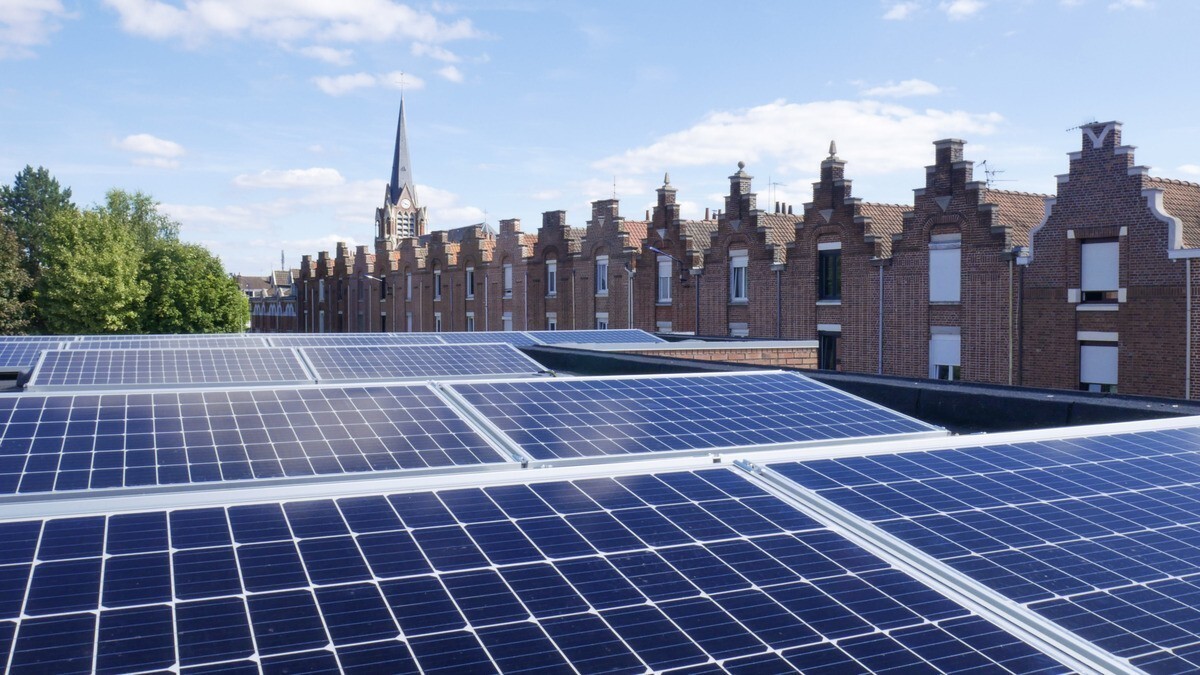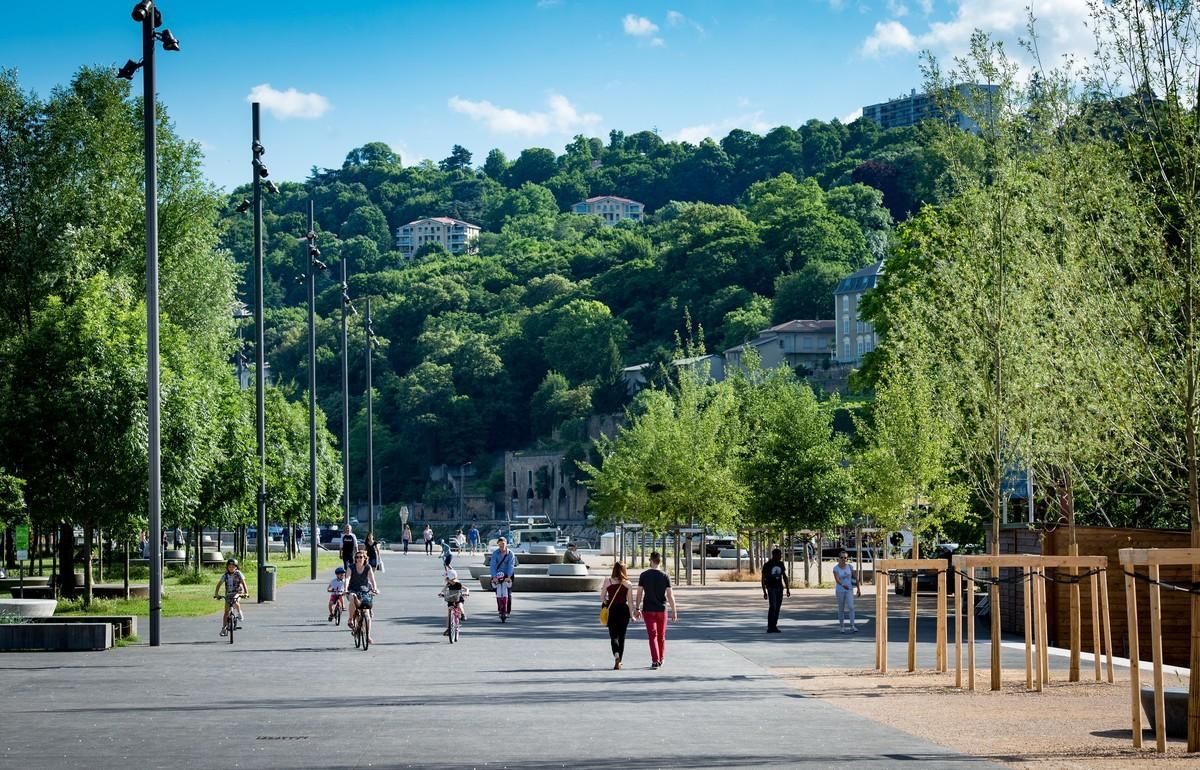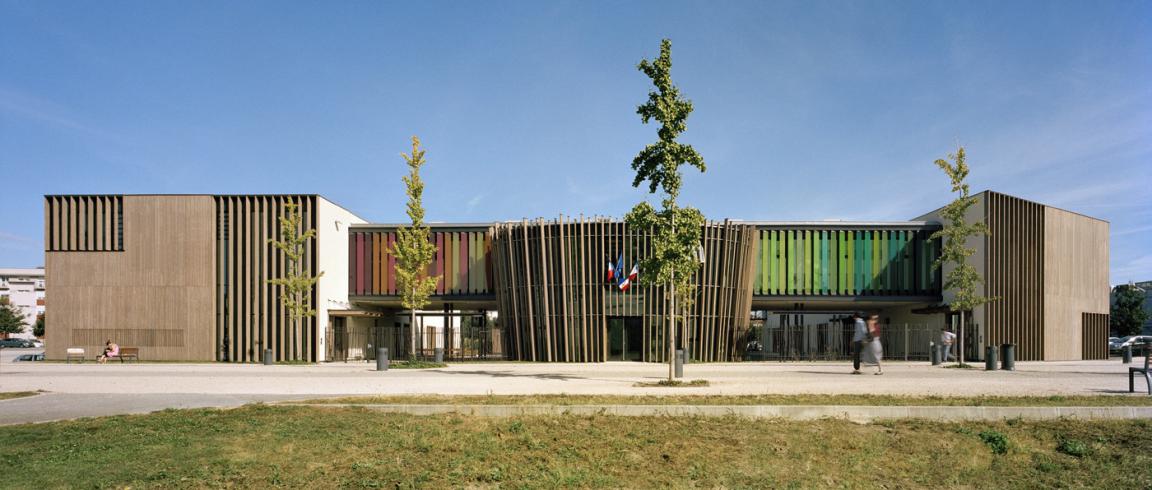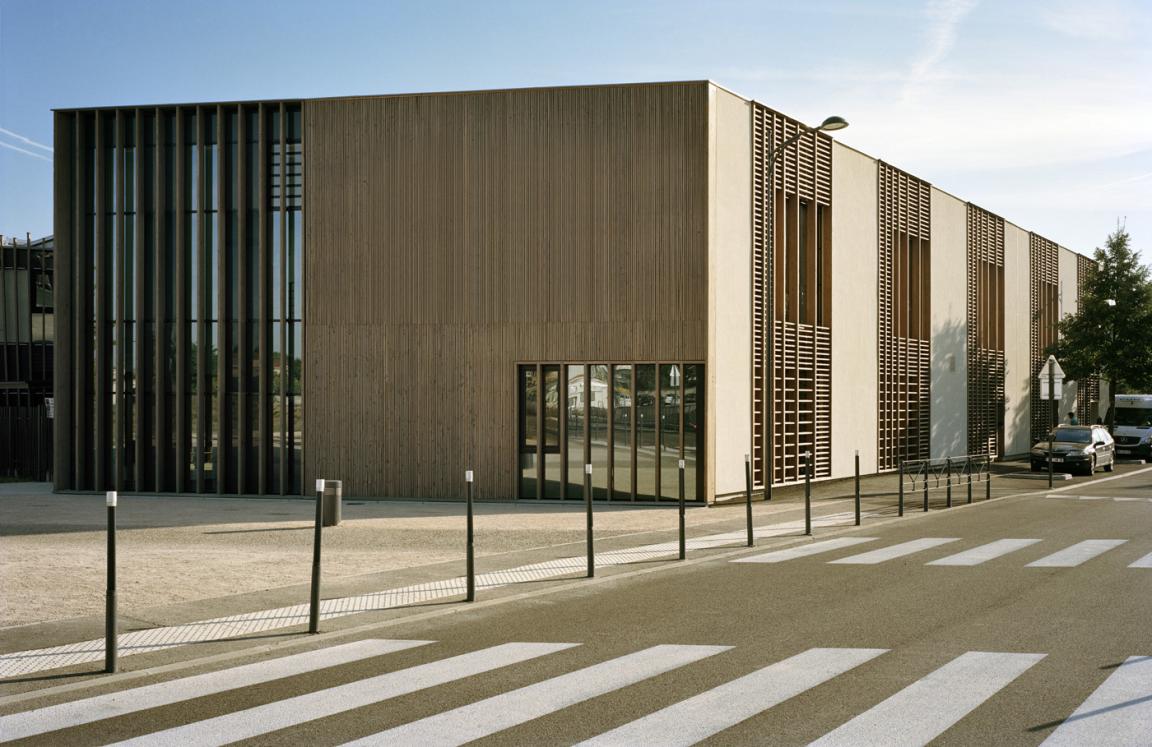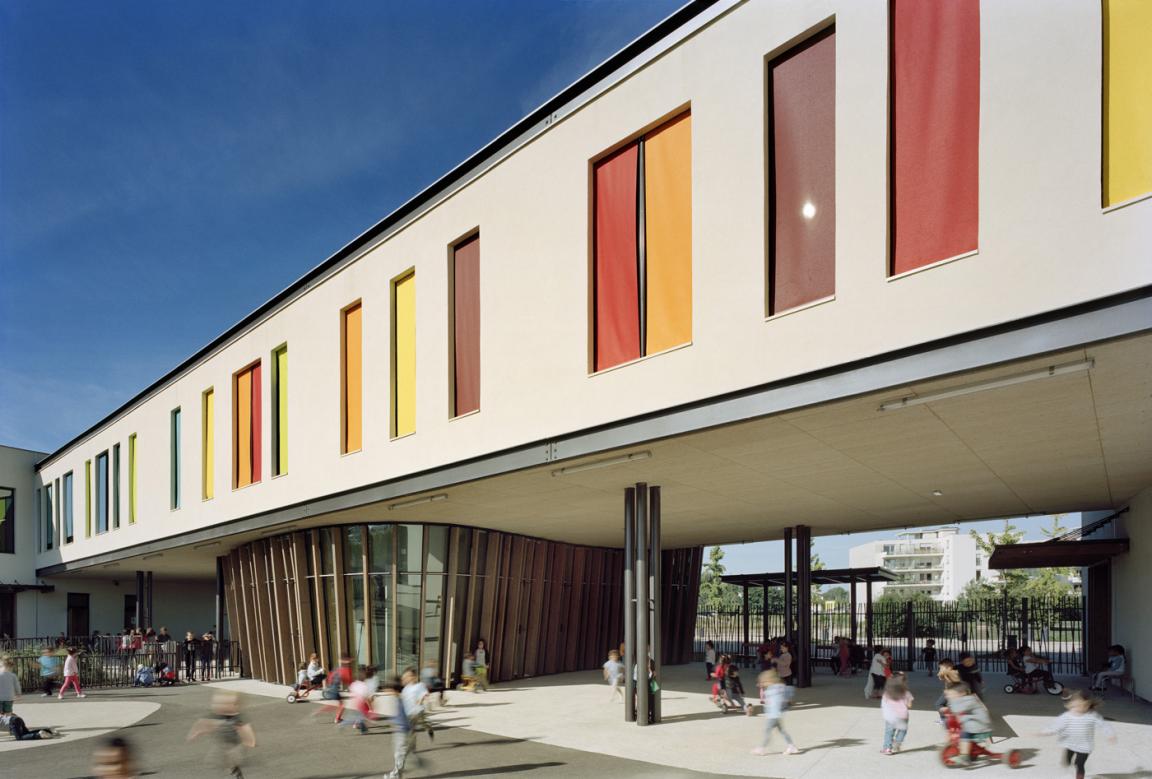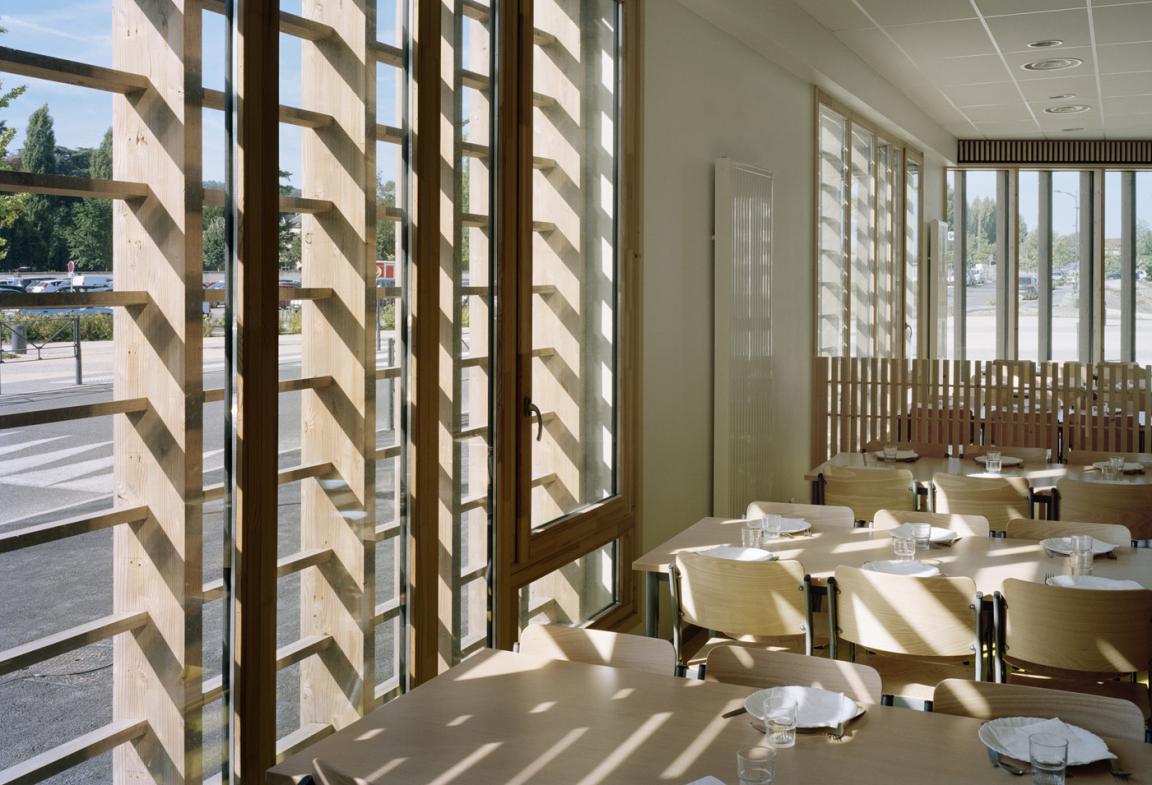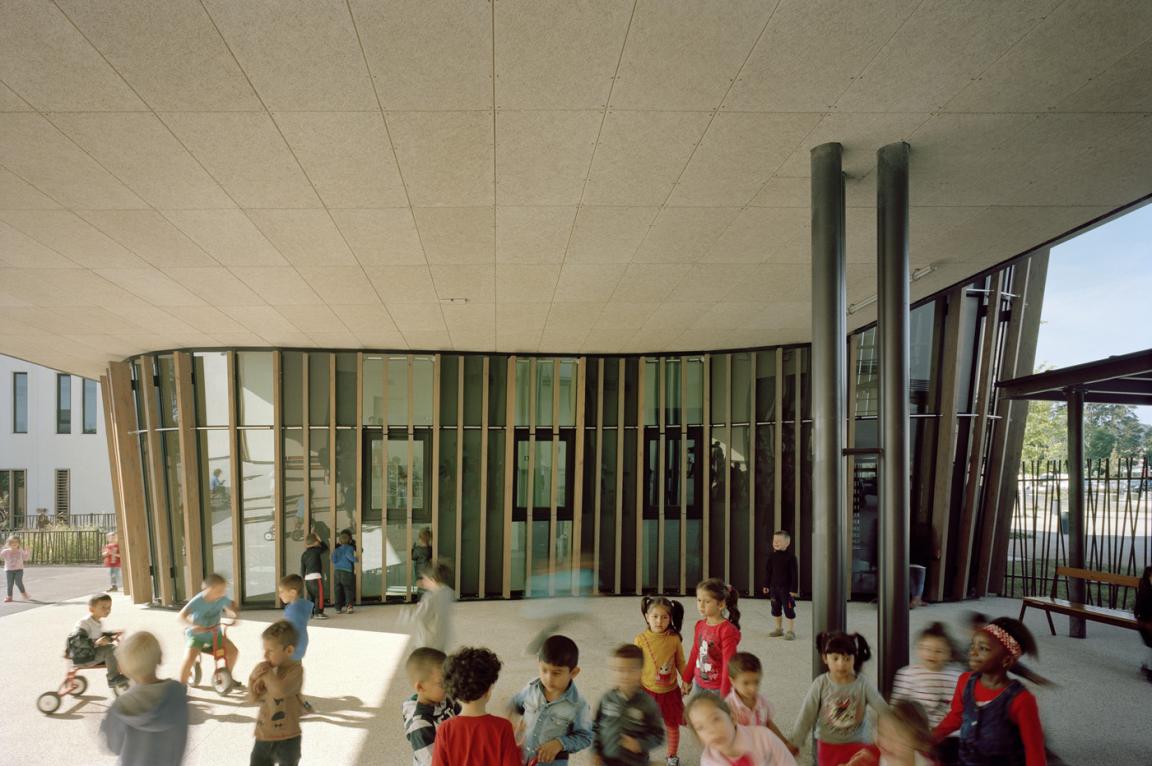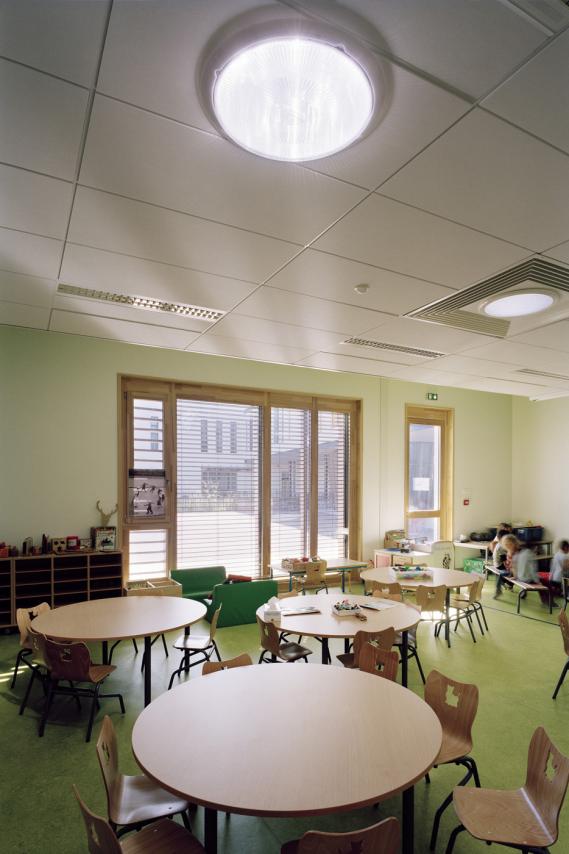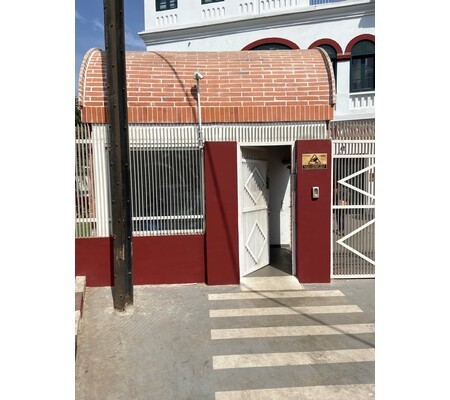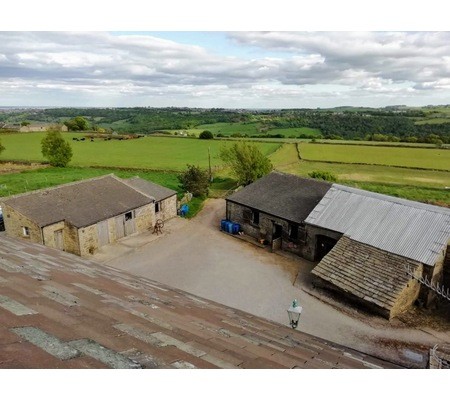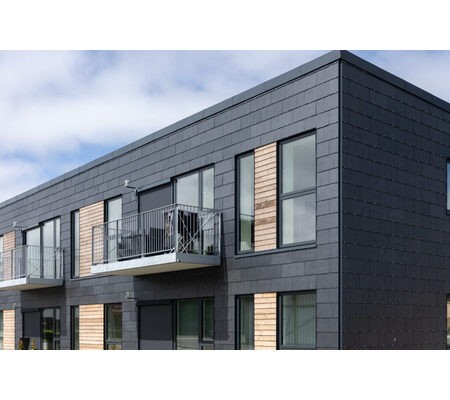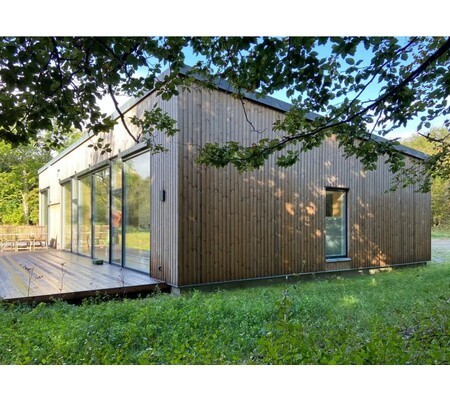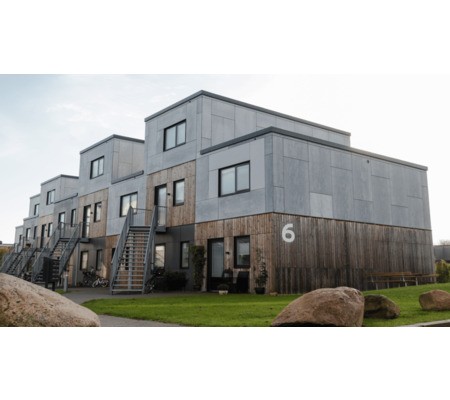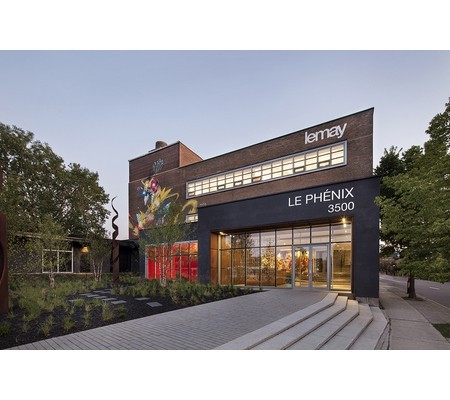Kindergarten and primary school group Simone Veil
Last modified by the author on 12/06/2015 - 10:59
New Construction
- Building Type : School, college, university
- Construction Year : 2014
- Delivery year : 2014
- Address 1 - street : 1, Promenade des Rêveries 38300 BOURGOIN JAILLEU, France
- Climate zone : [Csb] Coastal Mediterranean - Mild with cool, dry summer.
- Net Floor Area : 2 455 m2
- Construction/refurbishment cost : 4 541 268 €
- Number of Pupil : 350 Pupil
- Cost/m2 : 1849.8 €/m2
-
Primary energy need
15.3 kWhep/m2.an
(Calculation method : RT 2012 )
Located along the street structuring the reconversion of the Diederichs industrial site, along the urban park of the Lilattes on Grand Tissage Avenue, the school group benefits from a location that lets it stand out as an institutional building.
The project set up the program in two two-storeys buildings on the northern limits (kindergarten) and South (primary school) of the plot. The two buildings are connected by a building functioning as a "bridge" along the street, anchored to the ground by an organic volume hosting the common spaces. This distribution preserves the opening of the playground to the park while forming the covered yards. The access to elementary and kindergarten are distinct.
The northern and southern facades are coated with a masonned coating, interrupted by the joinery of the bays their fixed sunscreens. The western facade is composed with wooden planks and cladding that creates a relationship with the nearby park. The courtyards are separated by a shrubby limit, which could disappear, depending on how teaching practices. Medium trees are planted to shade acesses and the western side of the "bridge" building.
Sustainable development approach of the project owner
Construction of a low consumption school complexHigh demands in integration to the site
High demands in thermal comfort, daylight, visual and acoustic comforts
High demands in air quality
High demands in maintenance perenity
High demands in waste management
Architectural description
Located along the street structuring the reconversion of the Diederichs industrial site, along the urban park of the Lilattes on Grand Tissage Avenue, the school group benefits from a location that lets it stand out as an institutional building.The project set up the program in two two-storeys buildings on the northern limits (kindergarten) and South (primary school) of the plot. The two buildings are connected by a building functioning as a "bridge" along the street, anchored to the ground by an organic volume hosting the common spaces. This distribution preserves the opening of the playground to the park while forming the covered yards. The access to elementary and kindergarten are distinct.
The northern and southern facades are coated with a masonned coating, interrupted by the joinery of the bays their fixed sunscreens. The western facade is composed with wooden planks and cladding that creates a relationship with the nearby park. The courtyards are separated by a shrubby limit, which could disappear, depending on how teaching practices. Medium trees are planted to shade acesses and the western side of the "bridge" building.
Building users opinion
Ongoing survey
See more details about this project
http://www.tekhne-architectes.com/projet_archi/groupe-scolaire-maternelle-et-primaire/?cat=Enseignementhttp://www.construction21.org/france/articles/fr/laureat-sante--confort-2015-groupe-scolaire-simone-veil-france.html
Stakeholders
Contractor
Ville de BOURGOIN JALLIEU
Mme Valérie Libon - [email protected]
Designer
TEKHNE ARCHITECTES
M.Christian Charignon - [email protected]
http://www.tekhne-architectes.com/Thermal consultancy agency
ASTRIUS
David Personne - [email protected]
Other consultancy agency
TRIBU
Karine Lapray - [email protected]
http://www.tribu-concevoirdurable.fr/Environment Research Bureau
DPI
Didier Pierron - [email protected]
Other consultancy agency
DENIZOU
Stéphane Nardy - [email protected]
Design office economy
Structures calculist
PEUTZ
Sylvain Guitton- [email protected]
Other consultancy agency
ACI
Alain Clément - [email protected]
Kitchen design office
Other consultancy agency
EODD
Cecillia Ellul - [email protected]
Soil remediation design office
Environmental consultancy
CEREMA
Nathalie Moral - [email protected]
Auditor RT2012
Contracting method
Separate batches
Type of market
Global performance contract
Energy consumption
- 15,30 kWhep/m2.an
- 82,50 kWhep/m2.an
Real final energy consumption
51,15 kWhef/m2.an
Envelope performance
- 0,77
More information
Underway, stock expected in October 2015
Systems
- Condensing gas boiler
- Water radiator
- Low temperature floor heating
- Condensing gas boiler
- Individual electric boiler
- No cooling system
- Natural ventilation
- Free-cooling
- humidity sensitive Air Handling Unit (hygro A
- Double flow heat exchanger
- No renewable energy systems
Smart Building
Urban environment
- 2 595,00 m2
- 61,00 %
- 1 300,00
Product
Windcatcher X air
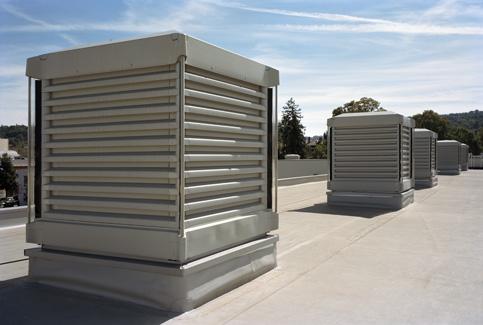
Monodraught
http://www.monodraught.com/news/56/windcatcher-x-air-no-leak-guarantee/HVAC, électricité / ventilation, cooling
Assisted natural ventilation turret
Good Appreciation
Favorable acceptance of taking manual control (forced closing/opening) for a given time
Comment on rattling noise when fonctionning in a very quiet environment.
Strong PAVATHERM
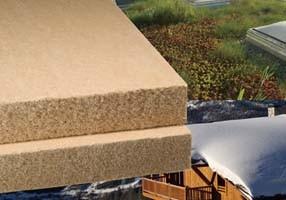
Pavatex
http://www.pavatex.fr/fr/produits/sol-isolant/pavatherm-forte/Finishing work / Partitions, insulation
High phase insulation
Hidden insulation, not perceived but highly limiting the impact of the weak structural inertia of this part of the school group on overheating in summer.
Wood-aluminum curtain wall
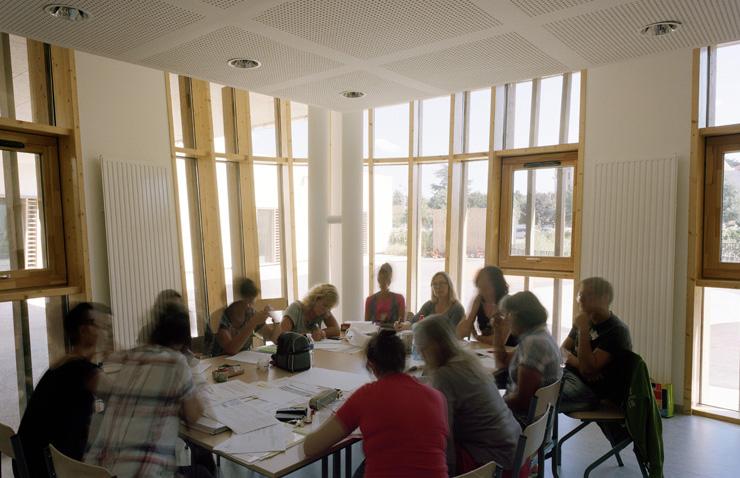
Raico
http://www.raico.de/fr/Produits/THERM/Fa%C3%A7ade-bois.phpFinishing work / Exterior joinery - Doors and Windows
Curtain wall with thermal bridges breaks on wooden support
Favorable appreciation
Warm material
A color filter incorporated in the glazing
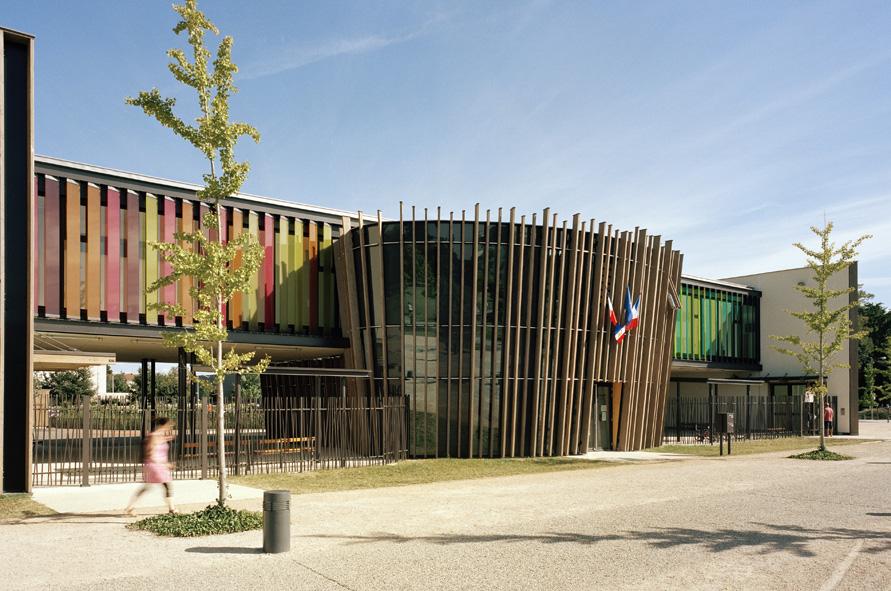
Vanceva
http://www.vanceva.com/en/Default.aspxFinishing work / Exterior joinery - Doors and Windows
Film incorporated in the glazing to create colorful sun breakers
Favorable appreciation
Playful material
skylights
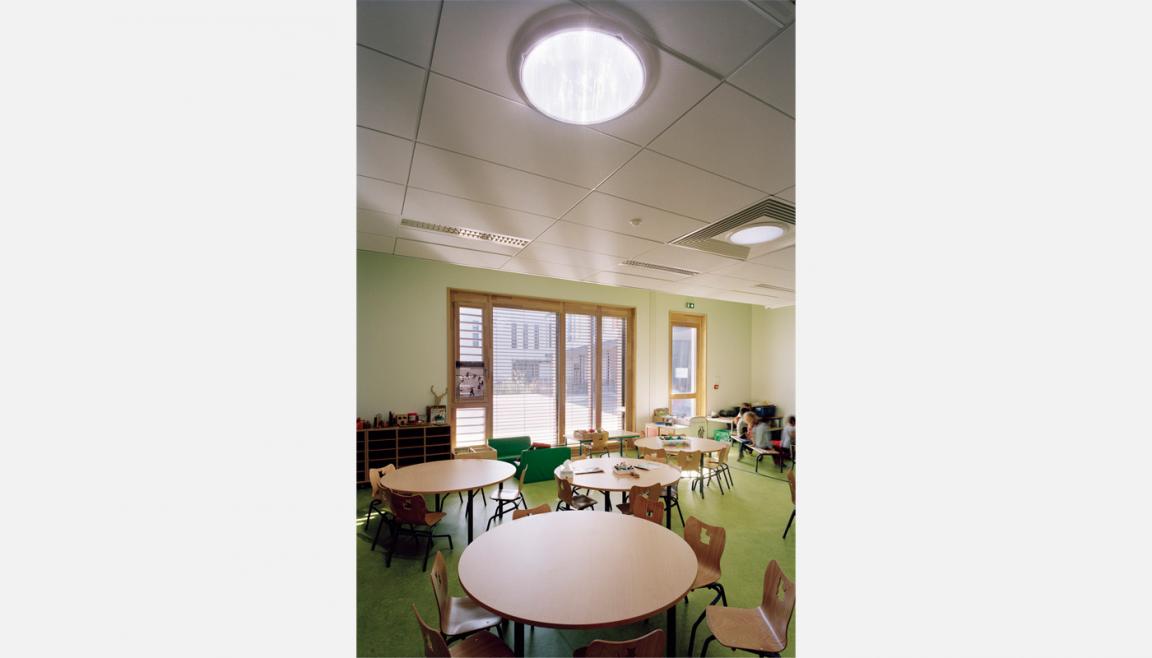
solarspot
http://www.solarspot-lfr.com/contact.php
http://www.solarspot-lfr.com/Structural work / Passive system
Natural light intake by duct from the roof;
Very well received generous contribution of light on the second row in classes
Construction and exploitation costs
- 585 840 €
- 4 541 268 €
Water management
- 1 500,00 m3
Indoor Air quality
Comfort
GHG emissions
- 8,74 KgCO2/m2/an
Life Cycle Analysis
Reasons for participating in the competition(s)
Paralèllement à la maîtrise des émissions de gaz à effets de serre, la question de la santé et des conforts a été l'objet d'une attention méticuleuse pour ce groupe scolaire.- Au delà du confort d'hiver, le confort thermique d'été est déjà et sera de façon croissante dans les prochaines années une problématique essentielle du cadre bâti. Concevoir une école capable de se maintenir sans système de rafraîchissement actif à une température maximale de 26° après 3 jours de canicule et avec 30 élèves par classe est le défi que l'équipe a su relever, constat à l'appui en ce début juillet.
- Par l'intégration croisée des vecteurs ambiantaux : Orientation bioclimatique, inertie lourde et sur-isolation de l'enveloppe, protection solaire exhaustive, surventilation naturelle assistée, albédo élevé des sols extérieurs et préservation d'enclaves d'espaces verts, l'école s'adapte aux fortes amplitudes de la variation climatique avec un recours à l'énergie quasi nul.
- la qualité de l'air favorise le calme et la concentration : Dans cette école, installée sur un ancien site industriel, l'enjeu était double, portant sur le CO2 comme dans tout établissement et de surcroit sur les polluants spécifiques.
- Ici le renouvellement d'air adopté anticipe sur la réglementation pour les lieux d'accueil des jeunes enfants avec un taux de 25m3/h.personne. Les matériaux sont choisis avec soin parmi les labels certifiant d’émission minimale de COV. Les mesures de concentration de COV réalisés à réception confirment la réussite de la démarche.
- De plus le système choisi : une ventilation naturelle double flux assistée, par tourelle, est innovant et demande entretien quasi nul au regard des systèmes mécaniques, où gaines et filtres sont susceptibles de s'encrasser.
- la qualité acoustique des locaux indispensable à la qualité de l'attention des élèves a été validée par les tests de fin de chantier.
- l'influence bénéfique de la lumière du jour est valorisée par le dimensionnement généreux des baies, la maîtrise du dosage grâce aux protections mobiles et l'apport de lumière du jour en second rang.
- les vues et les accès à l’extérieur, la relation privilégiée des cours à l'espace public encourage le lien social, et participe à la pacification des relations dans la cité.
Building candidate in the category


